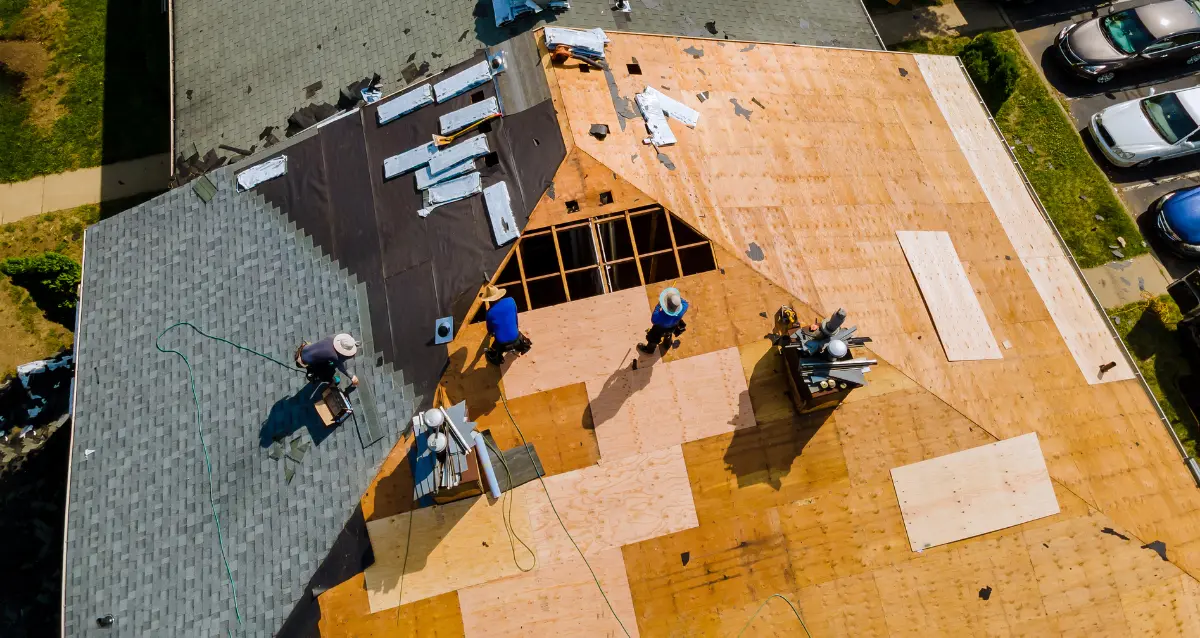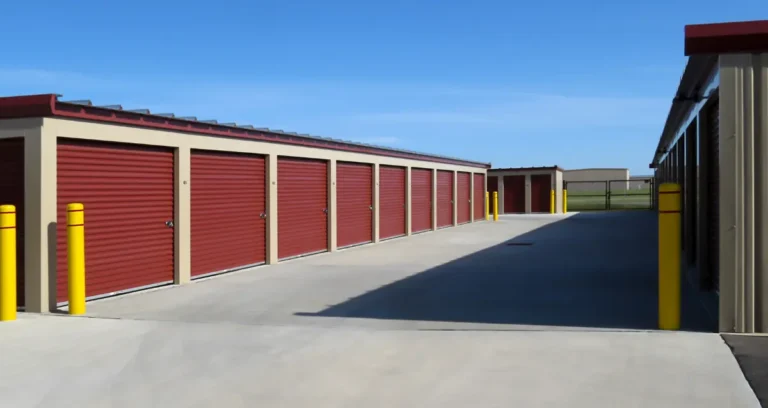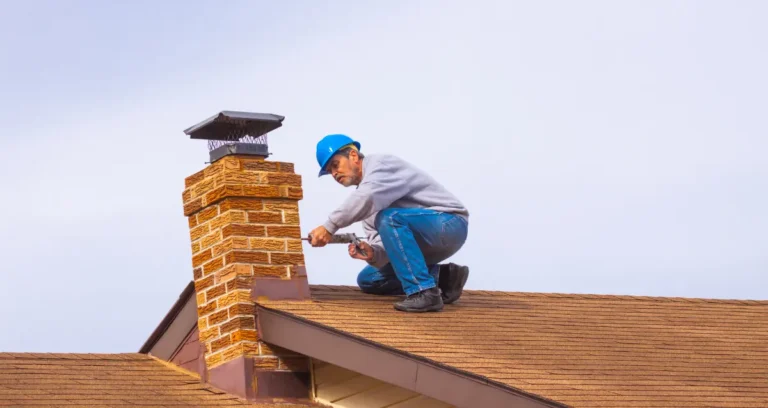Comparing Materials for Roof Replacement: A Comprehensive Guide
Replacing your roof is a significant investment that requires careful consideration of various materials to ensure longevity, durability, and aesthetic appeal. This article will explore the most common materials used for roof replacement, including asphalt shingles, composite cedar shakes, slate tiles, steel panels, and ceramic tiles. Each material offers unique benefits and drawbacks, making it important to understand their differences to make an informed decision.
Asphalt Shingles
1. Popularity and Cost
Asphalt shingles are the most popular roofing material in North America due to their affordability and ease of installation. They offer a cost-effective solution for homeowners looking to replace their roofs without breaking the bank.
2. Durability
Asphalt shingles typically last between 15 to 30 years, depending on the quality and installation. They provide good protection against various weather conditions but may not be as durable as other materials like slate or metal.
3. Aesthetic Options
Available in a wide range of colors and styles, asphalt shingles can mimic the look of more expensive materials, such as wood or slate. This versatility allows homeowners to achieve their desired aesthetic without the high cost.
4. Maintenance
Asphalt shingles require minimal maintenance. However, they are susceptible to damage from high winds and can become brittle in extremely cold temperatures, which may necessitate occasional repairs.
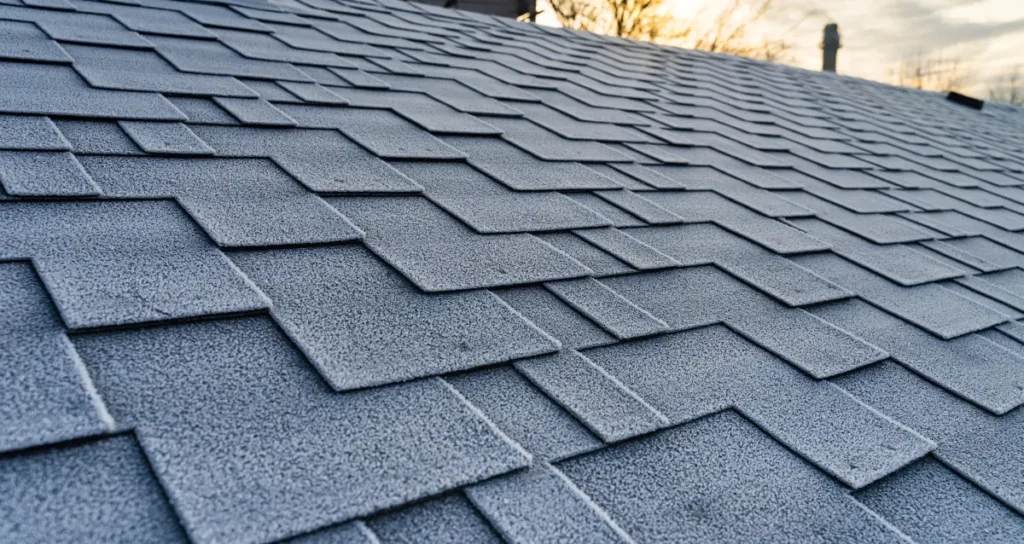
Composite Cedar Shakes
1. Natural Appearance
Composite cedar shakes are designed to replicate the look of natural cedar wood shakes but with enhanced durability. They provide a rustic and traditional appearance that can enhance the visual appeal of a home.
2. Durability and Longevity
Composite cedar shakes are more durable than natural wood, as they are resistant to rot, insects, and UV damage. They typically last between 30 to 50 years, offering a longer lifespan than asphalt shingles.
3. Maintenance
Compared to natural cedar, composite shakes require less maintenance. They do not need regular treatments or coatings, making them a low-maintenance option for homeowners seeking a wood-like aesthetic.
4. Cost
Composite cedar shakes are more expensive than asphalt shingles but offer better durability and a longer lifespan. This makes them a worthwhile investment for those looking for a balance between cost and performance.
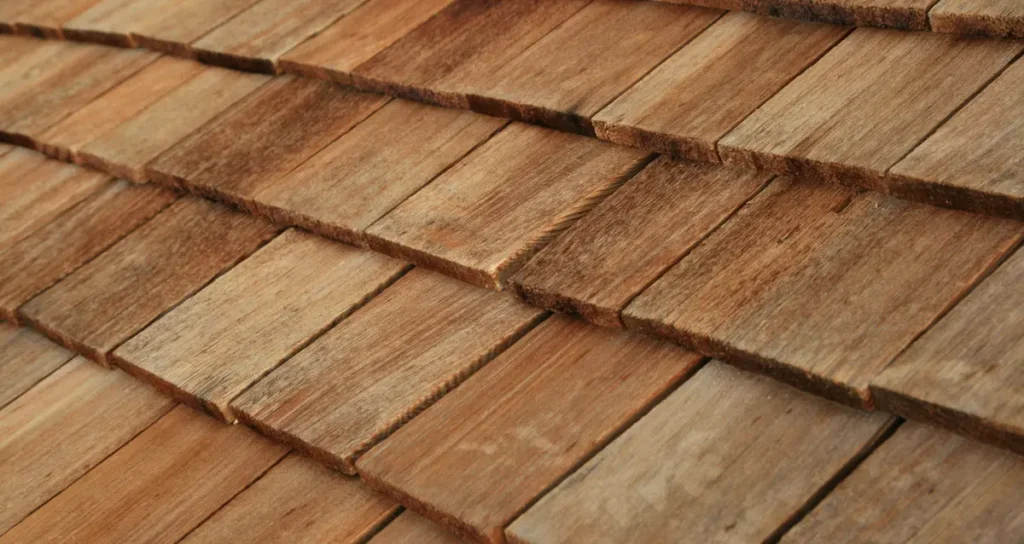
Slate Tiles
1. Exceptional Longevity
Slate tiles are renowned for their exceptional longevity, often lasting over 100 years with proper care. This natural stone material is one of the most durable roofing options available.
2. Aesthetic Appeal
Slate tiles offer a timeless and elegant look that can significantly enhance the appearance of a home. They come in various colors and sizes, allowing for a customized and high-end look.
3. Durability
Slate is highly resistant to fire, mold, and water absorption, making it an excellent choice for areas with extreme weather conditions. Its durability reduces the need for frequent repairs and replacements.
4. Cost and Installation
The primary drawbacks of slate tiles are their high cost and the complexity of installation. Slate is heavy, requiring reinforced roof structures and skilled labor for proper installation, which can increase the overall cost.
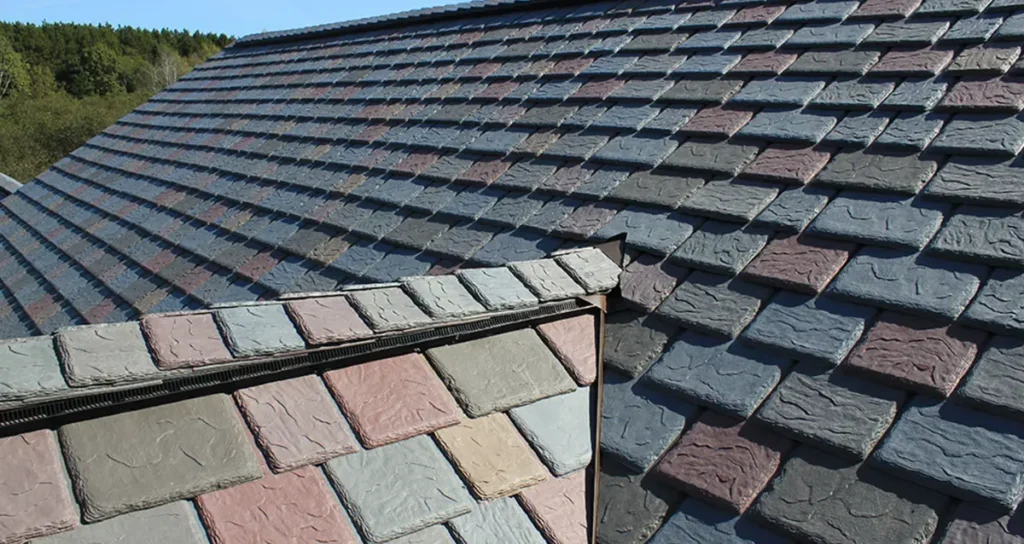
Steel Panels
1. Durability and Strength
Steel panels are extremely durable and can withstand harsh weather conditions, including heavy snow, high winds, and hail. They are resistant to rust and corrosion, especially when coated with protective finishes.
2. Longevity
Steel roofs can last 40 to 70 years, providing a long-term roofing solution. Their durability and resistance to wear make them an excellent investment for homeowners seeking a long-lasting roof.
3. Aesthetic Versatility
Steel panels come in various styles and colors, including options that mimic the appearance of traditional shingles, tiles, or shakes. This versatility allows homeowners to achieve their desired look with the benefits of metal.
4. Cost
While the initial cost of steel sheets is higher than asphalt shingles, their long lifespan and low maintenance requirements can offset the higher upfront investment over time.
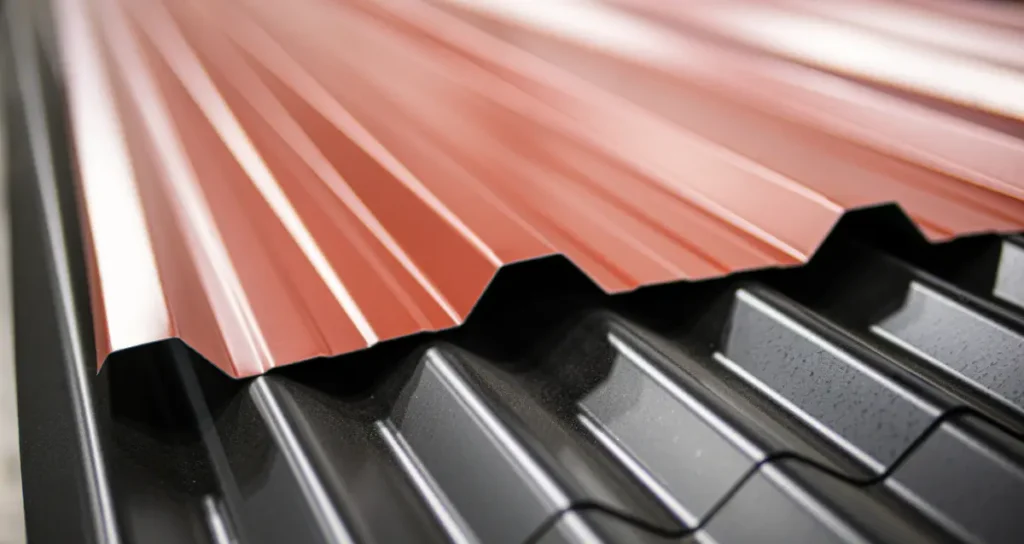
Ceramic Tiles
1. Traditional Appeal
Ceramic tiles offer a classic and traditional look that is especially popular in Mediterranean and Spanish-style architecture. They come in various shapes, sizes, and colors, allowing for a customized and unique appearance.
2. Durability
Ceramic tiles are durable and resistant to fire, rot, and insects. They can last 50 to 100 years, making them a long-lasting roofing option.
3. Energy Efficiency
Ceramic tiles provide excellent insulation, helping to regulate indoor temperatures and improve energy efficiency. Their reflective properties can reduce heat absorption, lowering cooling costs in warm climates.
4. Cost and Weight
Ceramic tiles are relatively heavy, requiring a reinforced roof structure to support their weight. They are also more expensive than asphalt shingles and may require specialized installation, increasing the overall cost.
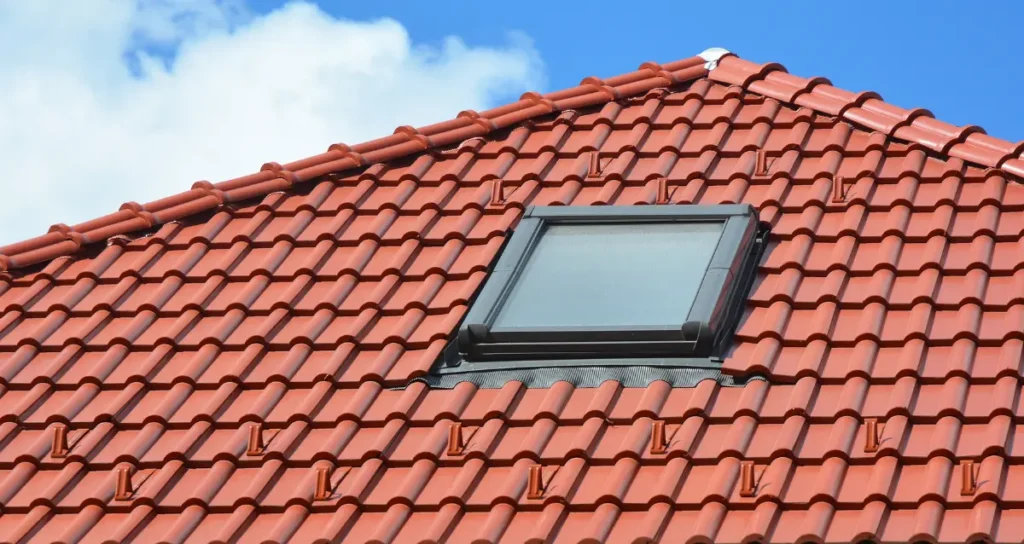
Conclusion
Choosing the right roofing material depends on various factors, including budget, aesthetic preferences, and climate considerations. Asphalt shingles offer affordability and ease of installation, while composite cedar shakes provide a wood-like appearance with enhanced durability.
Slate tiles and ceramic tiles offer exceptional longevity and classic appeal but come with higher costs and installation requirements. Steel panels provide durability and aesthetic versatility, making them a strong contender for long-term roofing solutions.
For homeowners seeking professional guidance and installation, roof replacement services Glenview can help you select the best material for your specific needs. By understanding the benefits and drawbacks of each material, you can make an informed decision that enhances the value and protection of your home.
FURTHER READING

